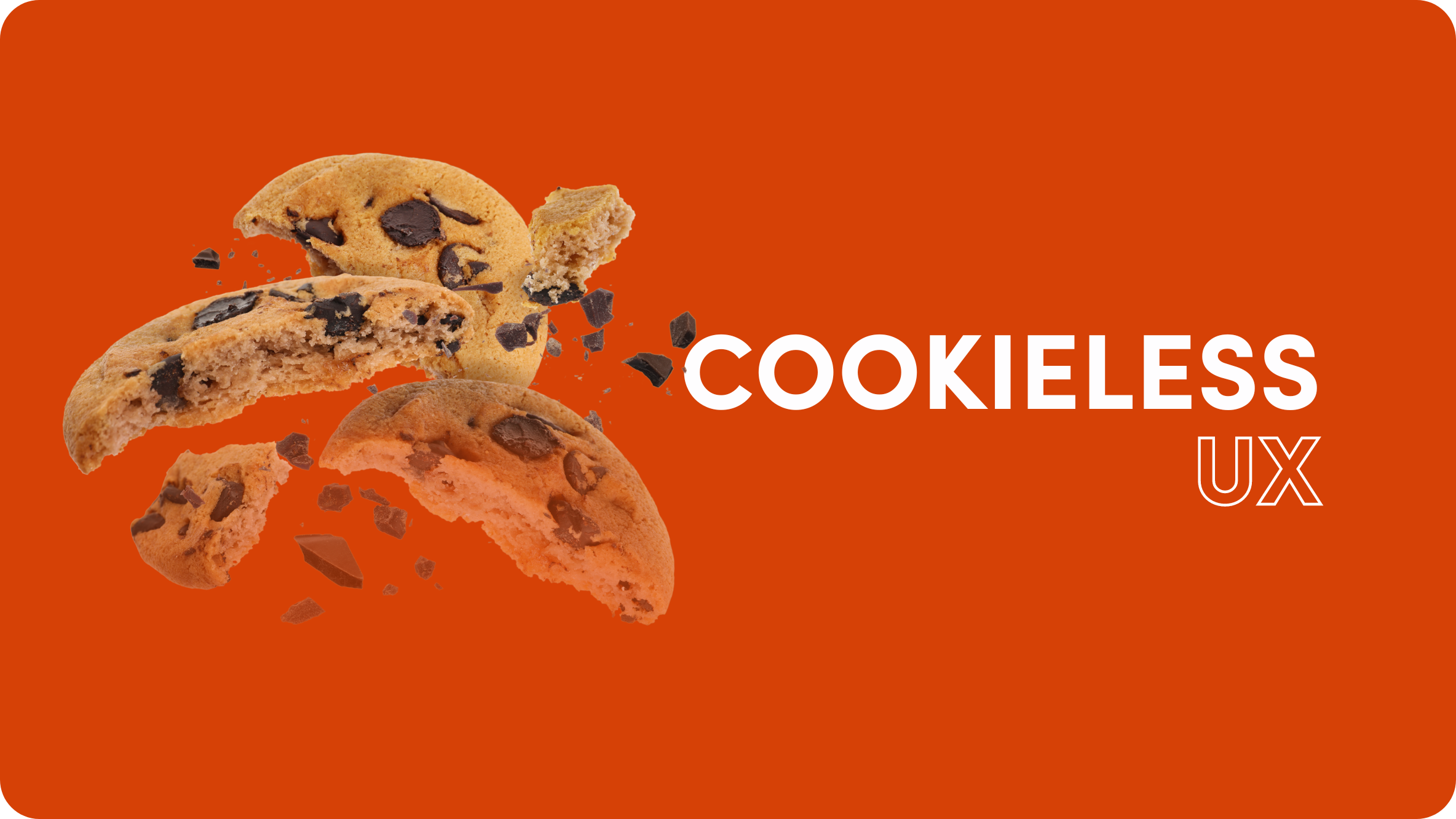How to Measure the Success of Top-of-Funnel Campaigns

If you’re asked to name a few big brands, you’d probably rattle off a list pretty quickly – Apple, Nike, Starbucks, BMW… the list of household names is pretty long.
But have you ever wondered – how exactly did these brands get to be so widely recognized in the first place?
The simple answer is – successful brand awareness.
At the same time that Apple was busy releasing the next hot iPhone, or Starbucks was brewing coffee on every street, these companies invested in building brand familiarity – also known as top-of-funnel (TOFU) marketing.
TOFU campaigns are all about showing up on people’s radars. Later funnel stages are all about getting sales and building loyalty.
But here’s the catch – TOFU campaigns are hard to measure using traditional direct ROI metrics. After all, how can you calculate your return when you’re simply trying to make people aware that you exist?
The answer is to go beyond vanity metrics like impressions, start measuring more concrete markers of awareness lift and engagement, and find ways to attribute downstream behaviors.
In this post, we’ll explore top-of-funnel metrics and measurement methods in more detail.
Top-of-Funnel Measurement Challenges
First off, you’ve got to accept that TOFU is not about immediate conversions. It’s more like sowing seeds; you won’t see the fruits overnight. Instead, focus on metrics that capture indicators of attention and interest, like ad impressions, website visits, or social media engagement.
Challenge 1 – Distinguishing signal from noise
In TOFU marketing, you’re casting a wide net, and that means lots of data that might not be relevant. The key is to identify the metrics that really matter for brand awareness. Filter out the noise by setting clear KPIs based on your campaign goals, whether that’s video views, shares, or content downloads.
Challenge 2 – Connecting TOFU activity to conversions
It’s the million-dollar question: How do my awareness efforts affect the bottom line? To figure this out, you need to track the customer journey beyond the first click. Using multi-touch attribution models can help you understand how TOFU interactions contribute to later conversions.
Challenge 3 – Long measurement cycles
TOFU marketing effects take time to show. You might feel like you’re waiting forever to see if your brand awareness campaigns are working. Patience is key, but you can also use interim metrics like brand search volume or direct traffic increases as early indicators of success.
Challenge 4 – Data overload
With so much data, where do you even start? Simplify things by focusing on a few meaningful metrics rather than trying to analyze every piece of data. Dashboards and visualization tools can help by giving you a snapshot of your campaign’s health at a glance.
Key Top-of-Funnel Campaign Goals and Metrics
There are three key indicators of audience behavior that are important to track for top-of-the-funnel marketing campaigns. These include:
- Reach: How many eyeballs can you get on your ad or campaign? TOFU is all about exposure and getting your brand in front of as many potential new customers as possible. Impressions and unique viewers are the important metrics here. You want the number of people who spot your ad to be as high as possible to cast a wide net. It’s like having a big crowd at your trade show booth.
- Engagement: Is your messaging sparking interest or interaction? Do people click, watch longer, or share? Engagement is a good sign that your brand is resonating with people. High engagement means people aren’t just noticing your ad, they’re interacting with it, talking about it, and maybe even recommending it to friends. For social media advertising, this means likes, shares, and comments. For native ads, this means attention and clicks.
- Click-Through Rates (CTR): Click-through rate tells you how many people found your ad compelling enough to take action and click on it. A good CTR means your message is clear, your visuals are enticing, and your call-to-action is irresistible.
Measuring TOFU Impact
Return on ad spend (ROAS) is the most direct way to measure the impact of an ad campaign. But here’s the kicker – it doesn’t really work when it comes to top-of-funnel marketing. Because ROAS relates to end conversions, it is better for measuring impact of the lower part of the funnel.
So if ROAS isn’t the right metric for TOFU, how can you get a good idea of the overall impact of your awareness campaigns?
Three proven methods provide a solution – attention analysis, brand lift studies, and geo-testing.
- Attention analysis: Are your ads or content getting attention from the target audience? Are people really interested in, and interacting with, your campaigns? As attention metrics become more sophisticated and accurate, they are turning into a key component of effective TOFU marketing measurement. Instead of just telling you how many people viewed an ad, attention metrics go deeper and reveal how many people actually paid attention to the ad, and in what way. This is highly valuable knowledge for marketers.
- Brand lift studies: These studies are designed to detect increases in brand recognition and awareness. In brand lift studies, consumers are asked what they think about a brand before a campaign starts, and then again after it’s been running. This shows if people are starting to think more positively about a brand as a result of the ad or marketing campaign.
- Geo-testing: For geo-testing, specific ads are run in a particular area or location, and other marketing campaigns stay the same elsewhere. If jumps in sales or more website traffic generated from the test area can be attributed to the campaign.
These approaches isolate the impact of brand awareness campaigns beyond bottom-line ROI. They give a more accurate picture of TOFU effectiveness than basic campaign reporting.
How To Do A Brand Lift Study
Step 1 – Establish a clear baseline
Begin with a preliminary survey to understand where your brand stands in the eyes of your target audience. This initial assessment should measure key areas such as brand awareness, product recall, and consumer sentiment. It’s essential to get a detailed picture of your brand’s current market position to accurately measure the lift post-campaign.
Step 2 – Write effective survey questions
Write questions that are clear, concise, and directly related to your campaign’s objectives. Your questions should be designed to measure the specific attributes you want to influence, like brand recognition or purchase intent. Avoid leading questions that could bias the results and ensure they’re relevant to the audience’s experience with your brand.
Step 3 – Segment your audience
Segmenting your audience based on demographics, behaviors, or past brand interactions gets the most out of brand lift studies. You’ll get more granular insights into how different groups respond to your campaign.
Step 4 – Conduct the post-campaign study
After your campaign has run for a while, it’s time to carry out a follow-up survey. Compare the results with your baseline to measure the ‘lift’ in brand metrics. Look for significant changes in target areas that most likely represent the direct effect of your ads.
Step 5 – Analyze and apply the insights
Once you’ve gathered the data, analyze it to see how well your campaign met its objectives. Did brand awareness increase among your target demographic? Did the perception of your brand improve? Use these insights to adjust future campaigns and refine your marketing strategy.
Geo-Testing for Campaign Measurement
Imagine you’ve got your campaign ready to roll, but instead of going wide and hitting national or global audiences from the get-go, you pick specific locations. This is geo-testing. You might choose cities, states, or regions to run controlled tests. The idea is to see how your campaign performs in different ‘test labs’ before you let it loose in the wild.
Measurement and analytics are key to gaining a clear picture. Study metrics such as brand awareness, web traffic, or store visits – whichever KPIs align with your top-of-funnel objectives.
Compare these between your test zones and control zones (areas where you’re not running the ads) to get a real sense of the campaign’s impact.
The tricky part?
Making sure that the only major difference between these areas is your campaign. This means getting a similar demographic spread and economic factors. This way, any uptick in interest or sales can be more confidently linked to your campaign.
Optimizing Campaigns Based on Insights
When running top-of-funnel campaigns, gathering data is just the first step. The real game begins when you use those insights to optimize your campaigns. Think of it as a feedback loop that sharpens your marketing strategies over time.
Audience targeting
Is your audience young professionals or busy parents? Once you know what your audience looks like, you can tailor your targeting to reach the people most likely to be interested in your product or service.
Messaging
What resonates with your audience? Do they click more on ads that emphasize quality or affordability? Use this information to refine your messaging. Knowing this lets you adjust your ad copy to align better with their values and interests.
Creative elements
Review which visuals, headlines, and CTAs perform best. Perhaps certain colors or images generate more clicks, or a specific call-to-action is leading to more sign-ups. Use these insights to tweak your creatives for better performance.
Don’t forget that optimization is an ongoing process. Continuously analyze performance data to make informed decisions and improve your campaigns bit by bit. Adjust, measure, learn, and adjust again – that’s the cycle that leads to more effective marketing and, ultimately, a better ROI.











